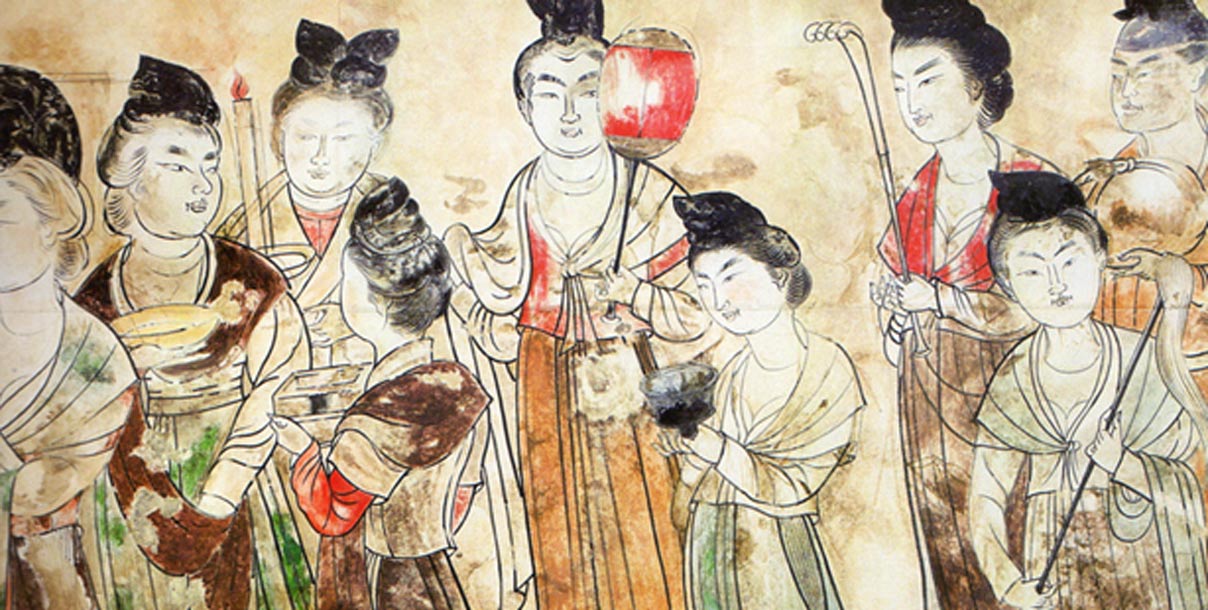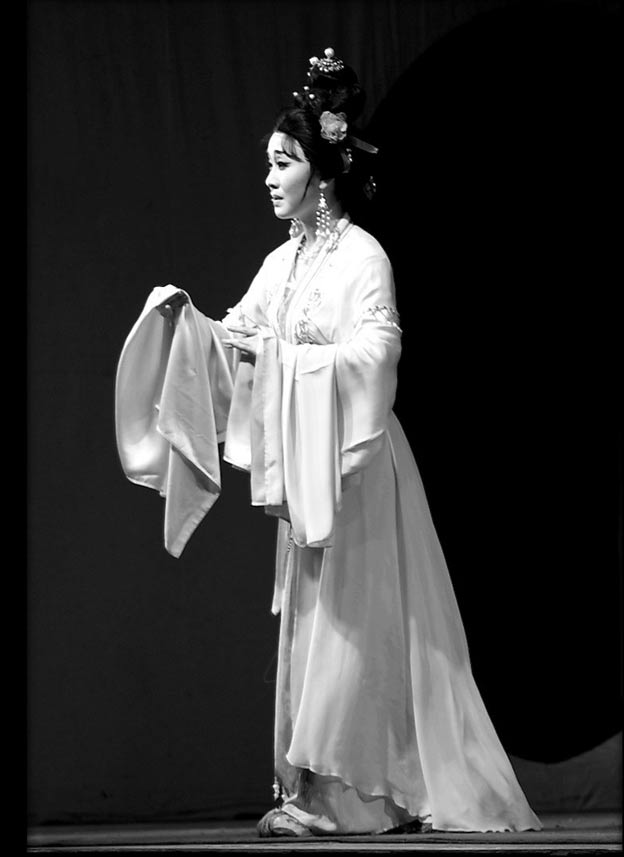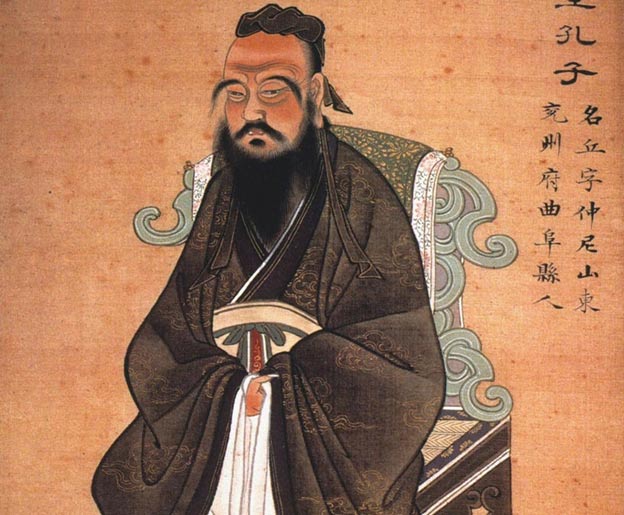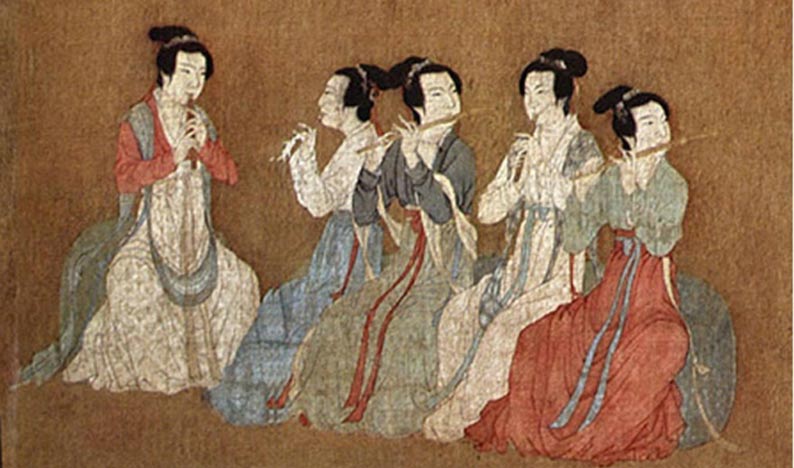
The Four Great Beauties, and the Arts of the Courtesans in Ancient China
The Four Great Beauties are four ancient Chinese women renowned for their beauty which they skillfully exercised to influence Chinese history. Although each of the Four Great Beauties frequently appear as the subjects or objects of arts, one seldom learns much of them beyond their names, descriptions of their looks and brief mentions of their skills. This is common in ancient Chinese works related to female performers, or courtesans.

Chinese opera at night in XiTang, ancient city in China. (Flickr/CC BY 2.0)
In their legends, the Four Great Beauties were, in fact, heavily implied as courtesans themselves. Their legends illustrate applications of the early Chinese education utilized and perfected by the ancient courtesans of China, which was then preserved by Confucius as part of his philosophy.

Painting of Confucius. Circa 1770. (Public Domain)
Ancient Performers and Courtesans
Scholar Lin Yutang wrote: “One can never overstate the important roles Chinese prostitutes played in romantic relationships, literature, music, and politics.” The Complete Poetry of the Tang reveals the influence of “prostitutes” on the ancient Chinese culture. The contradiction between the modern and the ancient concepts of prostitution in part comes from the origin of the word itself. The Chinese character frequently translated as prostitute, 妓 (jì), implies “a female performer” or, women who offered the pleasure of their company through music, singing, dancing, and poetry. Although they were called “prostitutes”, they were closer in definition to “courtesans” in the west. However, even the term “courtesan” does not adequately describe the rigorously trained and highly cultivated women who entertained at elegant banquets. Indeed, the word would refer to the “upper and more genteel range” of female entertainers.

Detail, Song Dynasty (960–1279) version of the Night Revels of Han Xizai. The female musicians in the center of the image are playing transverse bamboo flutes and guan. (Public Domain)
There were two classes of courtesans who would be in especially frequent contact with emperors and courtiers. They were the government courtesans (guan ji) and household courtesans (jia ji). Household courtesans were often referred to as “concubine servant” (ji shi) or simply “serving maid” (shi’er) these terms hinted that the woman relationship with the master of the house was more personal than that of mere “entertainer”.




